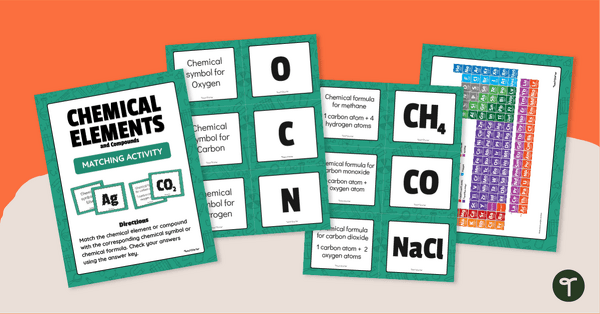Year 8
The science inquiry skills and science as a human endeavour strands are described across a two-year band. In their planning, schools and teachers refer to the expectations outlined in the achievement standard and also to the content of the science understanding strand for the relevant year level to ensure that these two strands are addressed over the two-year period. The three strands of the curriculum are interrelated and their content is taught in an integrated way. The order and detail in which the content descriptions are organised into teaching and learning programs are decisions to be made by the teacher.
Incorporating the key ideas of science
Over Years 7 to 10, students develop their understanding of microscopic and atomic structures; how systems at a range of scales are shaped by flows of energy and matter and interactions due to forces, and develop the ability to quantify changes and relative amounts.
In Year 8, students are introduced to cells as microscopic structures that explain macroscopic properties of living systems. They link form and function at a cellular level and explore the organisation of body systems in terms of flows of matter between interdependent organs. Similarly, they explore changes in matter at a particle level, and distinguish between chemical and physical change. They begin to classify different forms of energy, and describe the role of energy in causing change in systems, including the role of heat and kinetic energy in the rock cycle. Students use experimentation to isolate relationships between components in systems and explain these relationships through increasingly complex representations. They make predictions and propose explanations, drawing on evidence to support their views while considering other points of view.
(source: www.australiancurriculum.edu.au)
Achievement Standard
By the end of Year 8, students compare physical and chemical changes and use the particle model to explain and predict the properties and behaviours of substances. They identify different forms of energy and describe how energy transfers and transformations cause change in simple systems. They compare processes of rock formation, including the timescales involved. They analyse the relationship between structure and function at cell, organ and body system levels. Students examine the different science knowledge used in occupations. They explain how evidence has led to an improved understanding of a scientific idea and describe situations in which scientists collaborated to generate solutions to contemporary problems. They reflect on implications of these solutions for different groups in society.
Students identify and construct questions and problems that they can investigate scientifically. They consider safety and ethics when planning investigations, including designing field or experimental methods. They identify variables to be changed, measured and controlled. Students construct representations of their data to reveal and analyse patterns and trends, and use these when justifying their conclusions. They explain how modifications to methods could improve the quality of their data and apply their own scientific knowledge and investigation findings to evaluate claims made by others. They use appropriate language and representations to communicate science ideas, methods and findings in a range of text types.
(source: www.australiancurriculum.edu.au)
